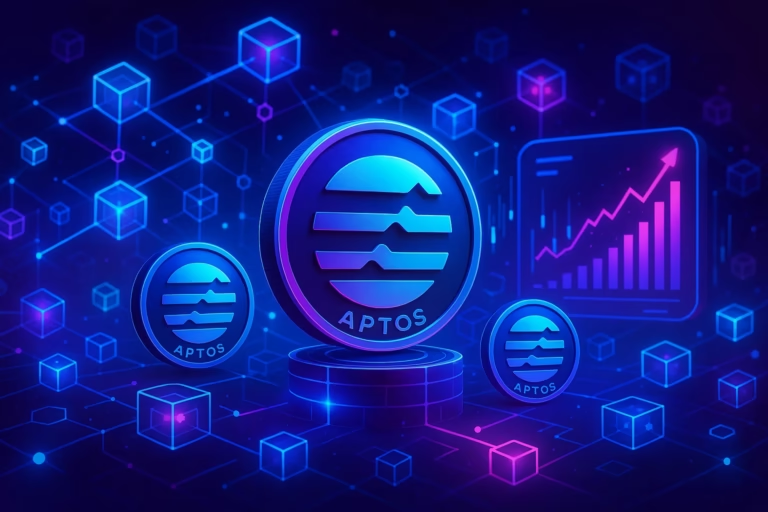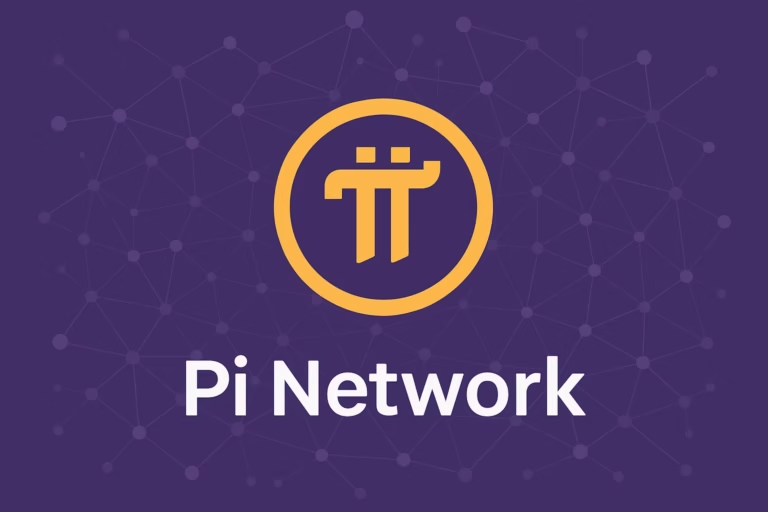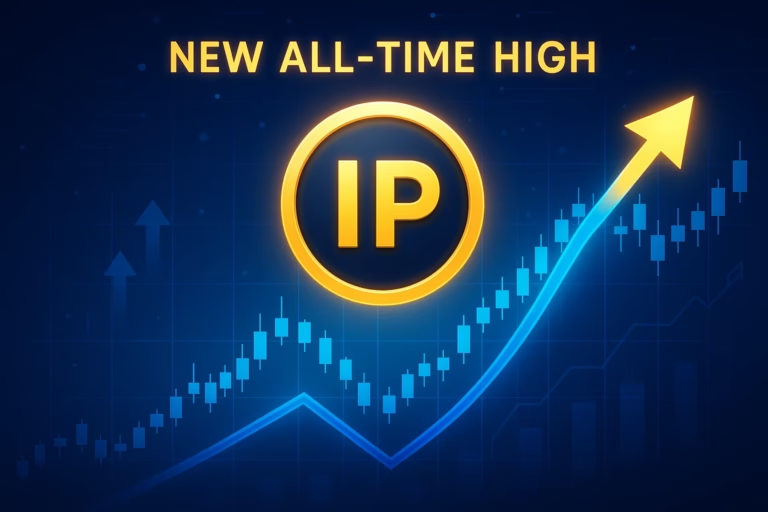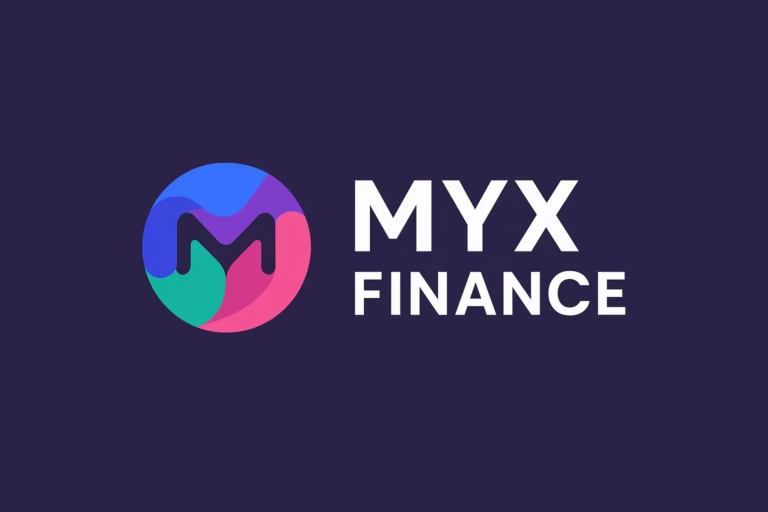
- Charles Hoskinson, co-founder of Cardano, responds to criticisms about integrating Circle’s USDC into the Cardano blockchain, emphasizing the decentralized nature of Cardano’s ecosystem and the importance of community involvement in decision-making.
- The challenges in integrating USDC, including the absence of native stablecoin options and difficulties in bridging assets, underscore Cardano’s commitment to true decentralization and community-driven growth.
In a recent online exchange, Charles Hoskinson, the visionary co-founder of Cardano (ADA), took to X (formerly Twitter) to address mounting criticisms surrounding the integration of Circle’s USDC into the Cardano blockchain. The conversation ignited when a frustrated user named Alf – Vault #119 voiced concerns over perceived opacity and urgency regarding a potential $10 million investment to bring USDC to the Cardano chain.
Decentralized Governance in Action
Hoskinson’s response provided valuable insights into the decentralized nature of Cardano’s ecosystem, emphasizing the pivotal role of community involvement and governance. He highlighted Cardano’s unique structure, which incorporates a Treasury and operates with community-driven decision-making processes. Hoskinson proposed the establishment of a dedicated working group at Intersect, encouraging thorough discussions with relevant stakeholders, obtaining price quotes and requirements, advocating for community voting to endorse the plan, and ultimately executing the proposed actions.
The Cardano co-founder passionately argued that decentralization demands active participation from the community, from shaping decisions to executing strategic plans.
Cardano-USDC Conundrum
The exchange underscored the persistent challenges associated with integrating USDC into the Cardano ecosystem. One major obstacle lies in the absence of native stablecoin options on Cardano and the complexities of bridging assets from other blockchains. Unlike Ethereum (ETH), where USDC is native, on Cardano, it is represented as an ERC-20 asset and bridged with CNT representation. This necessitates the transfer of USDC from other blockchains, introducing potential issues such as fees and restrictions.
Despite these challenges, ongoing efforts are directed towards overcoming obstacles and unlocking the substantial growth potential within the Cardano ecosystem.
Decentralization and Collective Effort
Beyond the specific Cardano-USDC debate, the discourse brought to light broader issues surrounding decentralized protocols and governance. Hoskinson used the Circle and USDC example to emphasize the notion that decentralization thrives when individuals actively engage. Be it marketing, partnerships, growth hacking, or roadmap development, the success of a decentralized ecosystem hinges on the collaborative efforts of its community.
As Cardano progresses on its evolutionary journey, these discussions serve as a testament to the project’s unwavering commitment to decentralization and community-driven decision-making. The complexities encountered in integrating USDC underscore the inherent challenges in constructing a truly decentralized and interoperable blockchain ecosystem.




